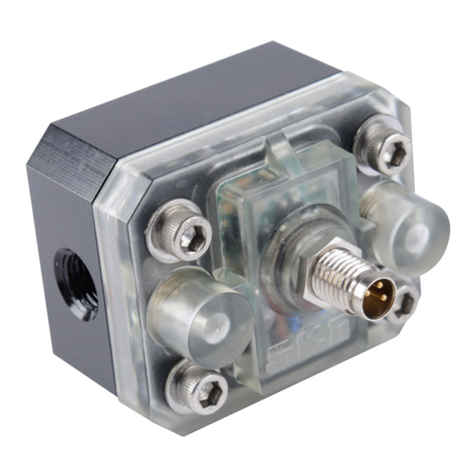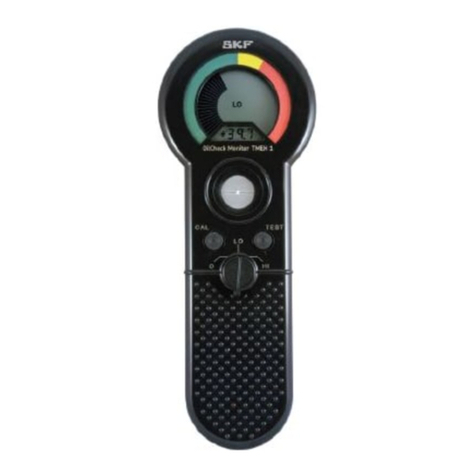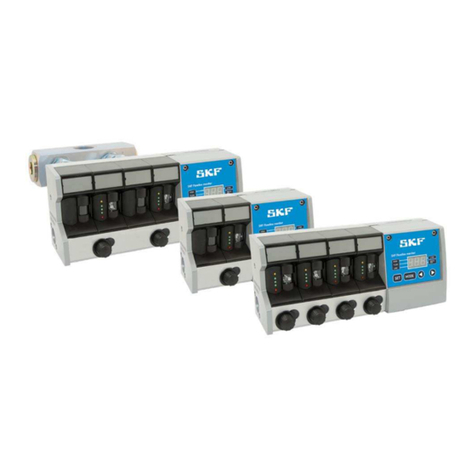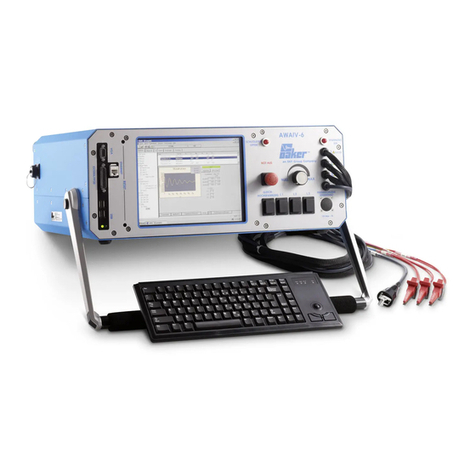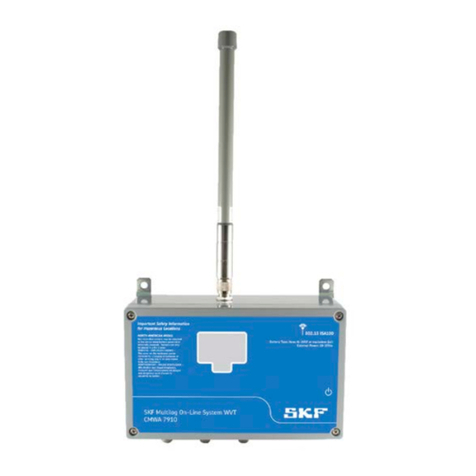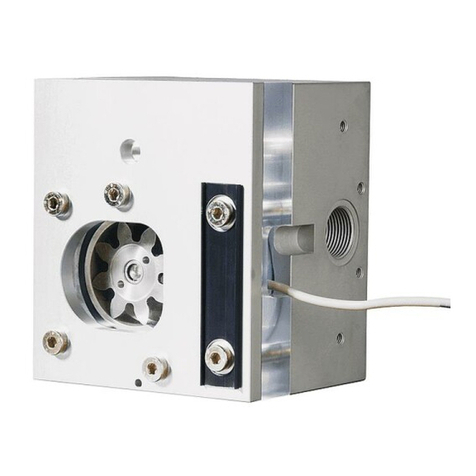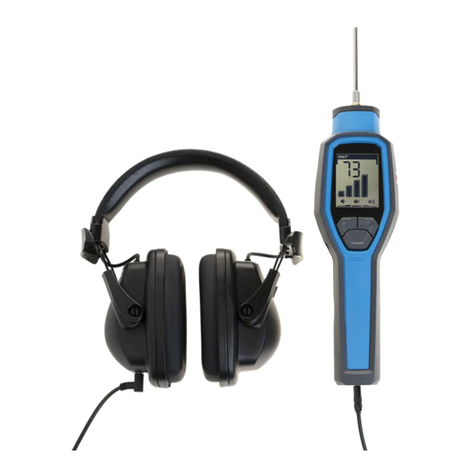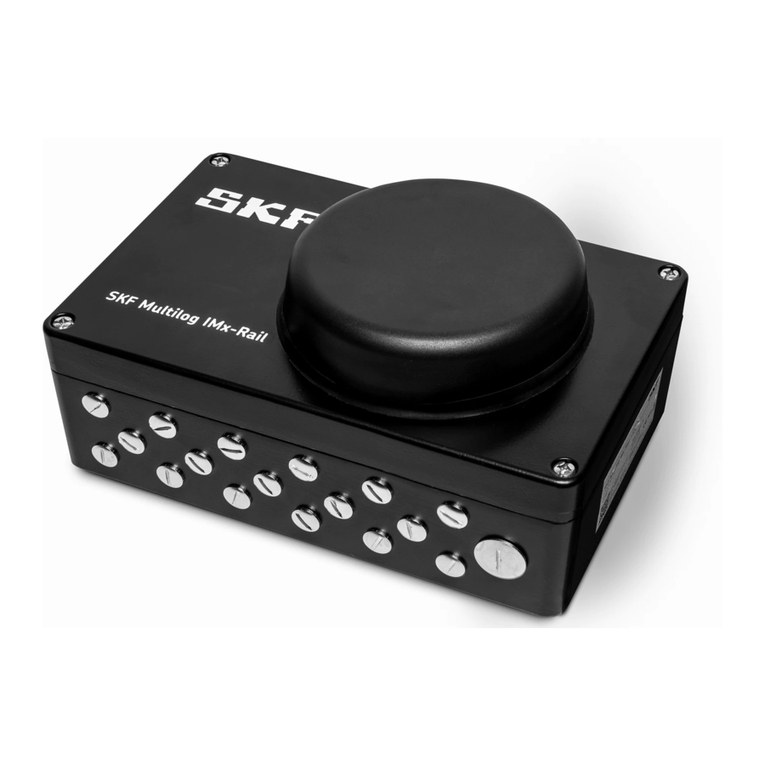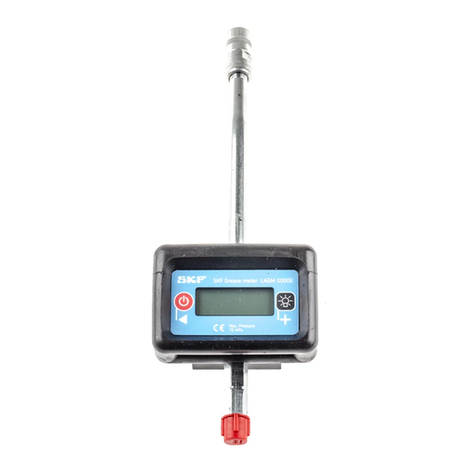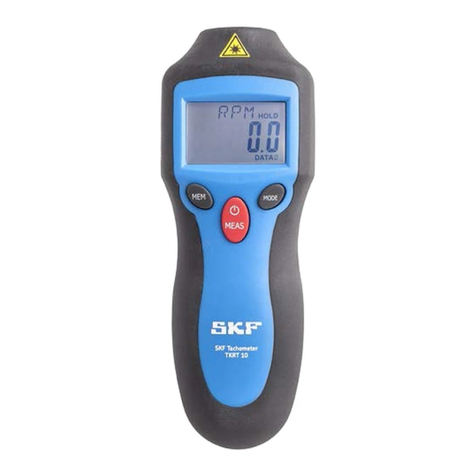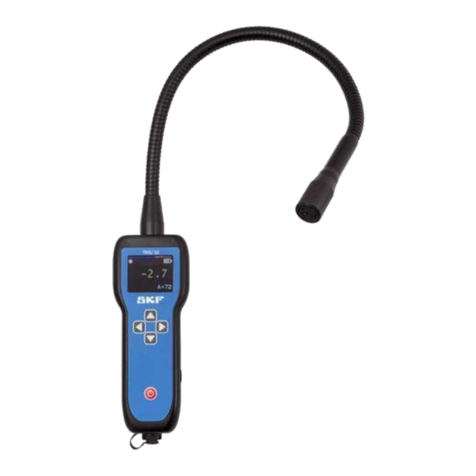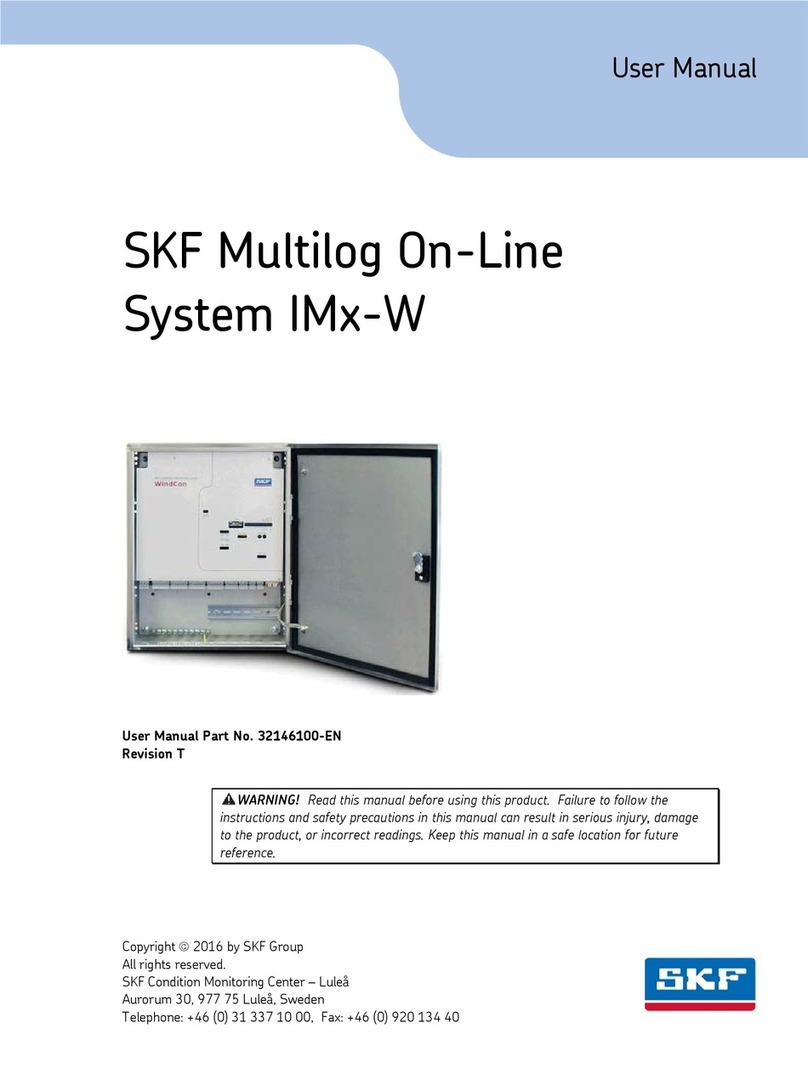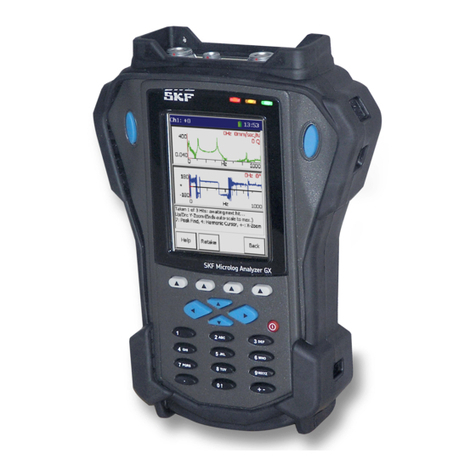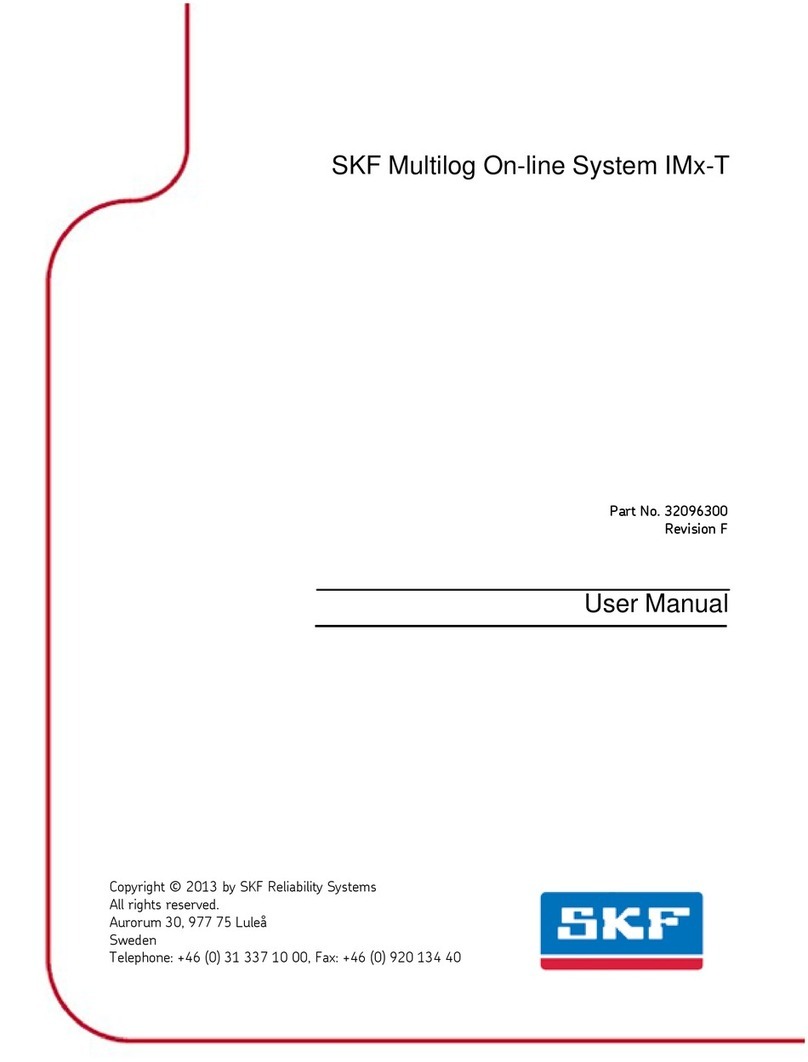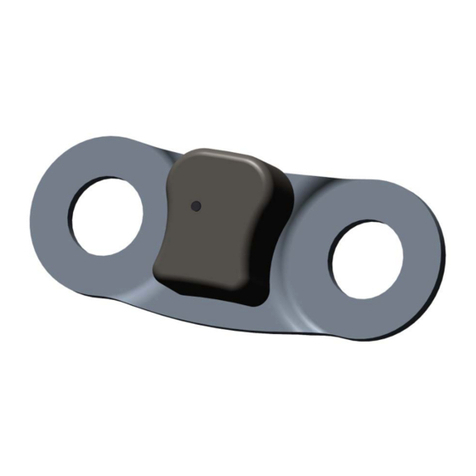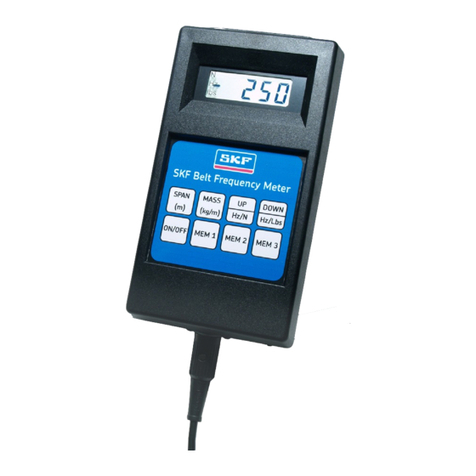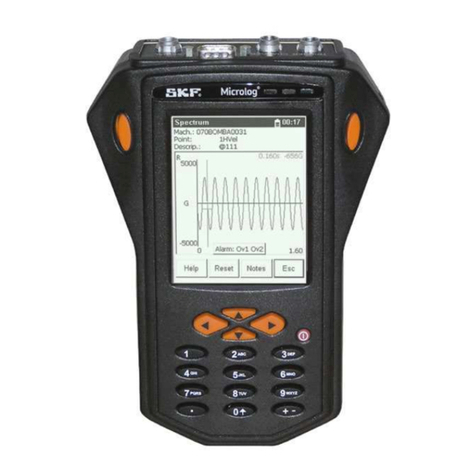- 4 -
951-181-026
Version 02
EN Table of contents
Table of contents
EU Declaration of conformity following ATEX directive 2014/34/EU ..........2
Legal notice .................................................................................................3
Explanation of symbols, signs and abbreviations........................................7
1. Safety instructions.........................................................................9
1.1 General safety instructions....................................................................9
1.2 General behaviour when handling the product...................................9
1.3 Intended use..........................................................................................10
1.4 Foreseeable misuse..............................................................................10
1.5 Modifications of the product................................................................11
1.6 Prohibition of certain activities............................................................11
1.7 Other applicable documents................................................................11
1.8 Notes related to the type identification plate.....................................12
1.9 Notes related to the CE marking .........................................................12
1.10 Explosion protection marking according to ATEX directive 2014/34/EU12
1.11 Persons authorized to operate the pump ..........................................13
1.11.1 Operator.................................................................................................13
1.11.2 Specialist in mechanics ........................................................................13
1.11.3 Specialist in electrics ............................................................................13
1.12 Provision of personal protective equipment......................................13
1.13 Operation...............................................................................................14
1.14 Emergency stopping.............................................................................14
1.15 Transport, installation, maintenance, malfunctions, repair,
shutdown, disposal...............................................................................14
1.16 Initial commissioning / daily start-up.................................................15
1.17 Cleaning .................................................................................................16
1.18 Safety-related protective and emergency devices must..................16
1.19 Special safety instructions regarding explosion protection .............17
1.20 Expiry of the ATEX approval.................................................................19
1.21 Operation in explosion-protected areas.............................................19
1.22 Explosion protection marking..............................................................19
1.23 Markings and conventions...................................................................20
1.24 Residual risks ........................................................................................21
1.25 Residual risks ATEX...............................................................................22
2. Lubricants................................................................................... 24
2.1 General information .............................................................................24
2.2 Selection of lubricants..........................................................................25
2.3 Material compatibility...........................................................................25
2.4 Temperature characteristics................................................................25
2.5 Ageing of lubricants..............................................................................25
2.6 Solid lubricants in lubrication greases................................................26
2.6.1 Chisel pastes..........................................................................................26
3. Overview, functional description ................................................ 27
3.1 General information .............................................................................27
3.2 Typical fields of application ..................................................................28
3.3 Function monitoring.............................................................................29
3.3.1 Function monitoring via proximity switch ..........................................29
3.4 Course of the lubricant in the SSV metering device..........................30
3.5 Course of the lubricant in the SSVD metering device.......................35
4. Technical data ............................................................................. 42
4.1 Technical data SSV...EEX / SSV-E...EEX .............................................42
4.1.1 Construction sizes, dimensions and weights SSV...EEX/ SSV-E...EEX
43
4.1.2 Tightening torques SSV...EEX / SSV-E...EEX.....................................44
4.2 Technical data SSVD...EEX / SSVD-E...EEX........................................45
4.2.1 Construction sizes, dimensions and weights SSVD...EEX / SSVD-E...EEX.46
4.2.2 Tightening torques SSVD...EEX / SSVD-E...EEX................................47
4.3 Technical data SSVL...EEX / SSVDL...EEX ..........................................48
4.3.1 SSVL...EEX / SSVDL...EEX....................................................................49













